Blog
When Was YouTube Created? A Look Back at Its History
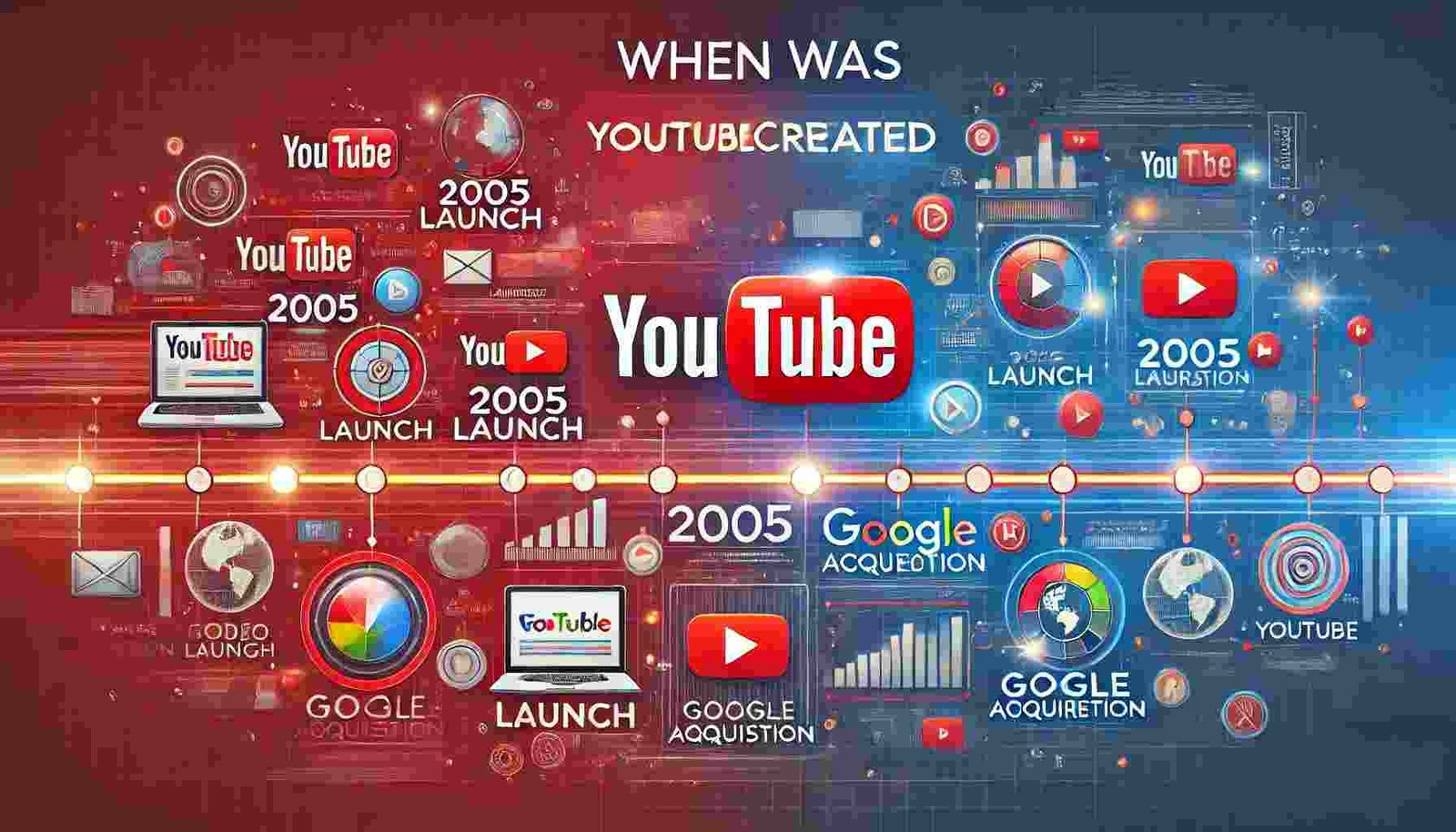
As one of the most significant platforms in the digital era, YouTube has completely changed the way that people share and watch video content. It launched in 2005 February. It begins as a simple concept aimed and video-sharing accessible to everyone. Now, it has completely changed into a worldwide phenomenon in entertainment, education, and communication.
This article explores when was the YouTube created and its journey from its start to its current status as a cultural and technological powerhouse. Today, it is essential to the internet, hosting of videos, creativity, learning, and connectivity everywhere. At the time of its creation, no platform existed that was both user-friendly and capable of hosting videos, which inspired the founders to develop one.
Expansion Stage of YouTube’s Initial Google
- In its early years, YouTube grew rapidly, laying the foundation for what would become one of the most well-known websites.
- From starting out to its 2006 merger by the search engine giant, YouTube transformed from a young company into the most popular online video-sharing platform.
- After months of beta testing, the website made its public appearance. It differs from current rivals with its simple-to-use user interface and straightforward video posting procedure.
- YouTube became fairly common in just a couple of periods of time drawing in lots of users who used the site for social connection, entertainment, and self-expression.
- YouTube’s pre-Google growth demonstrated its massive potential as a digital platform.
- This explosive success caught the attention of major tech companies, ultimately leading to Google’s acquisition.
- When was YouTube created the early stage established its position as an authority in the field of digital content and set the way for its future worldwide conquest.
What are the YouTube Ad-Based Channels?
The YouTube Partner Program was created to give producers incentives for creating interesting videos and expanding their fan bases. Creators who joined it were given access to resources that enabled them to make money off of their movies, providing a monetary reward for preserving and enhancing their work.
1: How It Works:
It offers an ad-based revenue scheme as the Partnership Programmed. With this system, producers may profit from the ads that appear in their videos.
- YouTube displays advertisements before, during, or following videos. Ads can also appear as banners or overlay cards.
- Creators receive a share of the revenue generated from these ads, typically 55%, while YouTube keeps 45%.
- At least 1,000 subscribers
- A lot of hours of watch time within the past months
2: Types of Ads on YouTube
YouTube provides several types of ads, maximizing earning opportunities for creators:
- Viewers can skip these after 5 seconds.
- These must be watched in full.
- Banner ads appear beside or below the video.
- Semi-transparent ads at the bottom of videos.
3: Beyond Ads: Diversifying Revenue
YouTube has expanded monetization tools to complement ad-based revenue, including:
- For exclusive benefits, viewers can subscribe for a monthly charge.
- During the live sessions, users can buy these.
- Creators can showcase and sell their own products directly from their channels.
4: Benefits for Creators
It provides many benefits to channel creators.
- Creators are earning money from the videos. It also offers monetization opportunities to creators.
- Due to its extensive audience, YouTube guarantees exposure to a wide range of international viewers.
- As channels grow, so do monetization opportunities because of ad revenue, memberships, and super chats.
- Ads promoting products related to the video’s content.
Read Also: The Ultimate Guide to Watching Free Movies on YouTube
YouTube Features and Fundamental Ideas
YouTube is a platform for video and short clip content due to its features. It is offering of tools that enhance the experience, empower creators, and increase engagement.
1: Video Uploading and Sharing
Users can upload videos in multiple formats and resolutions. It provides unpopular, secure, and broadcast video choices. Creators can schedule videos to debut live with audience interaction.
2: Video Playback and Customization
Playback quality ranges from 144p to 8K, with adaptive streaming based on internet speed. Auto-generated or manually added captions to improve accessibility.
3: Search and Discovery
It has a powerful search algorithm with keyword-based results. Displays popular videos across categories like music, gaming, and news. And specific recommendations according to watching preferences and history.
4: Community Interaction
Enables viewers to provide feedback through likes and dislikes. Creators can post updates, polls, and images to engage with their audience.
5: Live Streaming
Creators can broadcast events in real-time. Fans can support creators during live streams by purchasing highlighted messages.
6: Playlist and Watch Features
Users can organize videos into themed collections for easy access. Saves videos for future viewing. It allows users to temporarily add videos to a playlist during a session.
7: Content Diversity
A dedicated space for educational content. And a wide variety of free resources for learning, like home videos, tutorials, music and entertainment clips, viral moments; and cultural phenomena
8: YouTube Shorts
A feature for creating 15-60 second videos, competing with platforms like TikTok. Users can add trending songs to their shorts.
Why Was YouTube Studio Created?
When was YouTube created there is a need for a Studio that was introduced in 2018 as a beta version, with a full rollout replacing Creator Studio in 2019. The way content producers handle their work and communicate with their viewers has been revolutionized by the studio.
- It reflects the commitment to empowering the creator community by providing intuitive tools for growth and success.
- As YouTube’s community grew, creators requested better insights, more flexibility, and faster workflows.
- It offers customized titles, descriptions, tags, and thumbnails with ease. Add subtitles, end screens, and cards to enhance videos. Upload, schedule, or edit videos directly from the dashboard.
- The studio Identifies and resolves copyright claims. It uses tools to improve video discoverability. It processes immediate feedback on new uploads.
- The YouTube Studio allows creators to manage their channels on the app, offering similar functionality to the desktop version.
- It clearly tracks views, watch time, click-through rate, and audience retention. Understand demographics, peak viewing times, and subscriber behavior. Monitor ad revenue, memberships, and super chat earnings.
How Will YouTube Develop in the Future?
When was Youtube created and now its future is expected to be shaped by emerging technologies, preferences, competition, and frameworks. Here is a glimpse into some key trends and possibilities:
1: AI and Personalized Content
YouTube will likely use AI-driven tools to enhance personalization for viewers and creators. These tools will improve user engagement by providing even more tailored content. Tools like text-to-video generation could allow creators to produce high-quality videos faster.
2: Short-Form Content’s Rise
YouTube shorts are becoming increasingly popular. It will probably increase the shorts makers’ revenue so they can compete with other platforms. It is likely to expand monetization for short creators to compete with TikTok and Instagram. Better integration of shorts with long-form videos to help creators build audiences across formats.
3: Social Features and Community Development
YouTube may strengthen its role as a social platform, offering enhanced community interaction tools like polls and Q&A. Creator collaborations and fan interaction features, similar to exclusive chats.
4: Ethics and Sustainability
Considering the emphasis on sustainability across the world. It might be optimized data centers to lower down on energy use. Through collaborations, spread awareness of green projects or material about climate change.
5: Focus on Education and E-Learning
YouTube might profit from the recent rise in e-learning by providing scholarships or rewards to educational innovators. It introduces elements that resemble courses, enabling producers to organize video classes with certificates and tests.
Read More: How to Make YouTube in Infinite Craft Complete Guideline
Conclusion
In this article, you look at when was YouTube created as a simple idea to make video sharing easy and accessible to everyone. Over time, it has grown from a small startup into the world’s largest video-sharing platform and shared content online. From Google’s initial video upload, the platform’s development has influenced communication, education, and entertainment throughout humanity. The development is evidence of the strength of creativity and its capacity to unite billions of individuals everywhere.
Follow Dallee for more AI updates and News.
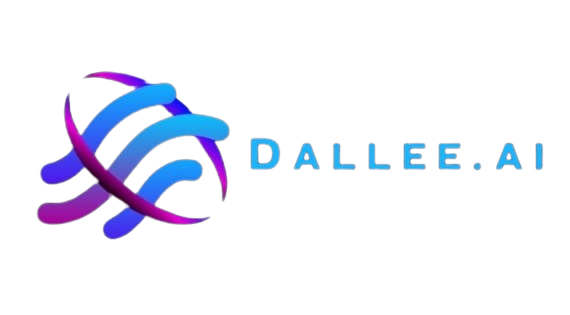
-
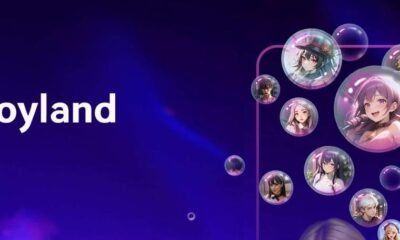
 AI Chatbot1 year ago
AI Chatbot1 year agoJoyland AI: An In-Depth Guide to AI Storytelling and Character Creation
-

 Artificial Intelligence1 year ago
Artificial Intelligence1 year agoIs Janitor AI down? Analyzing Janitor AI’s Current Status:
-

 Artificial intelligence1 year ago
Artificial intelligence1 year agoWhat is Chain-of-Thought (CoT) Prompting: A Beginner’s Guide
-
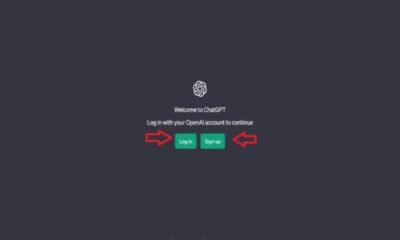
 Ai News1 year ago
Ai News1 year agoChat GPT Login: Easy Step-By-Step Access Guide
-

 Artificial intelligence1 year ago
Artificial intelligence1 year agoBeta Character AI: Everything You Need To Know
-

 Ai News1 year ago
Ai News1 year agoGPT-5: Features, Abilities And Everything You Should Know About GPT-5
-

 Art generator1 year ago
Art generator1 year agoTop 8 Free NSFW AI ART Generators From Text Prompts
-
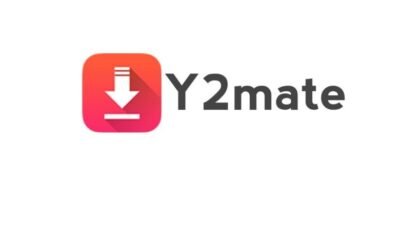
 Ai Tool1 year ago
Ai Tool1 year agoHow To Make Download Video From Y2mate com 2024



